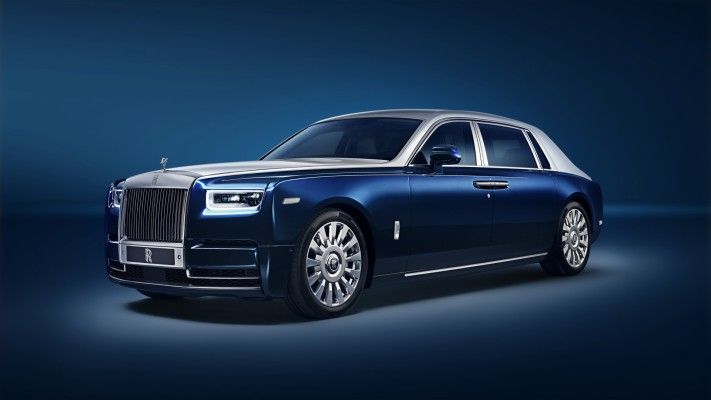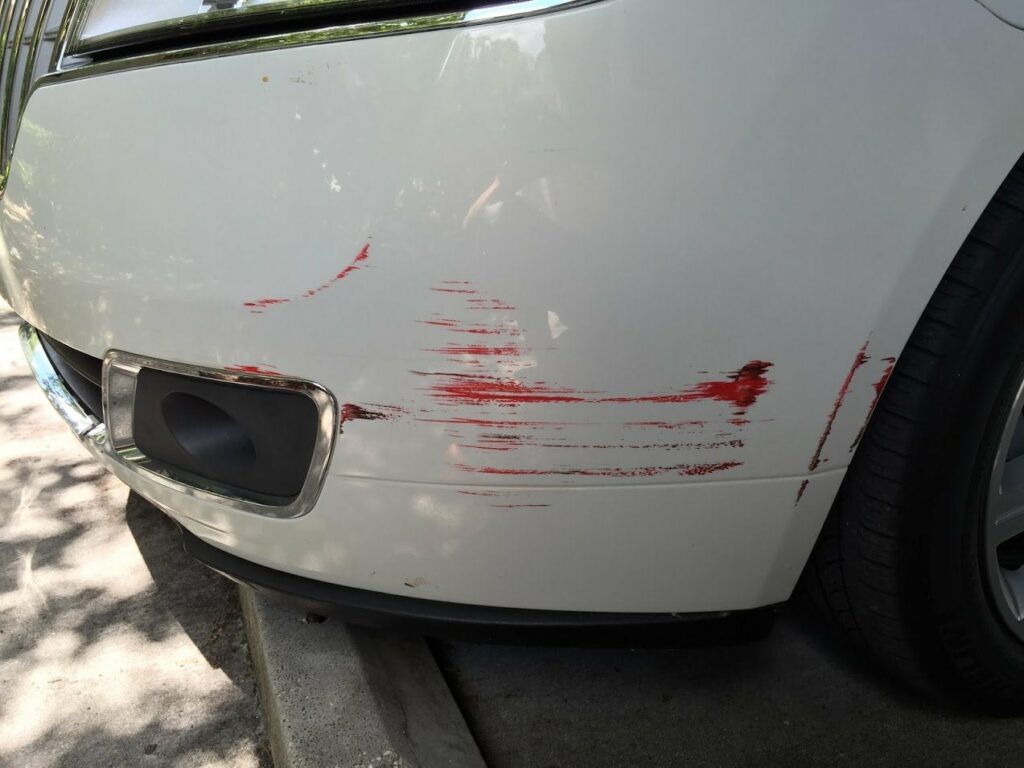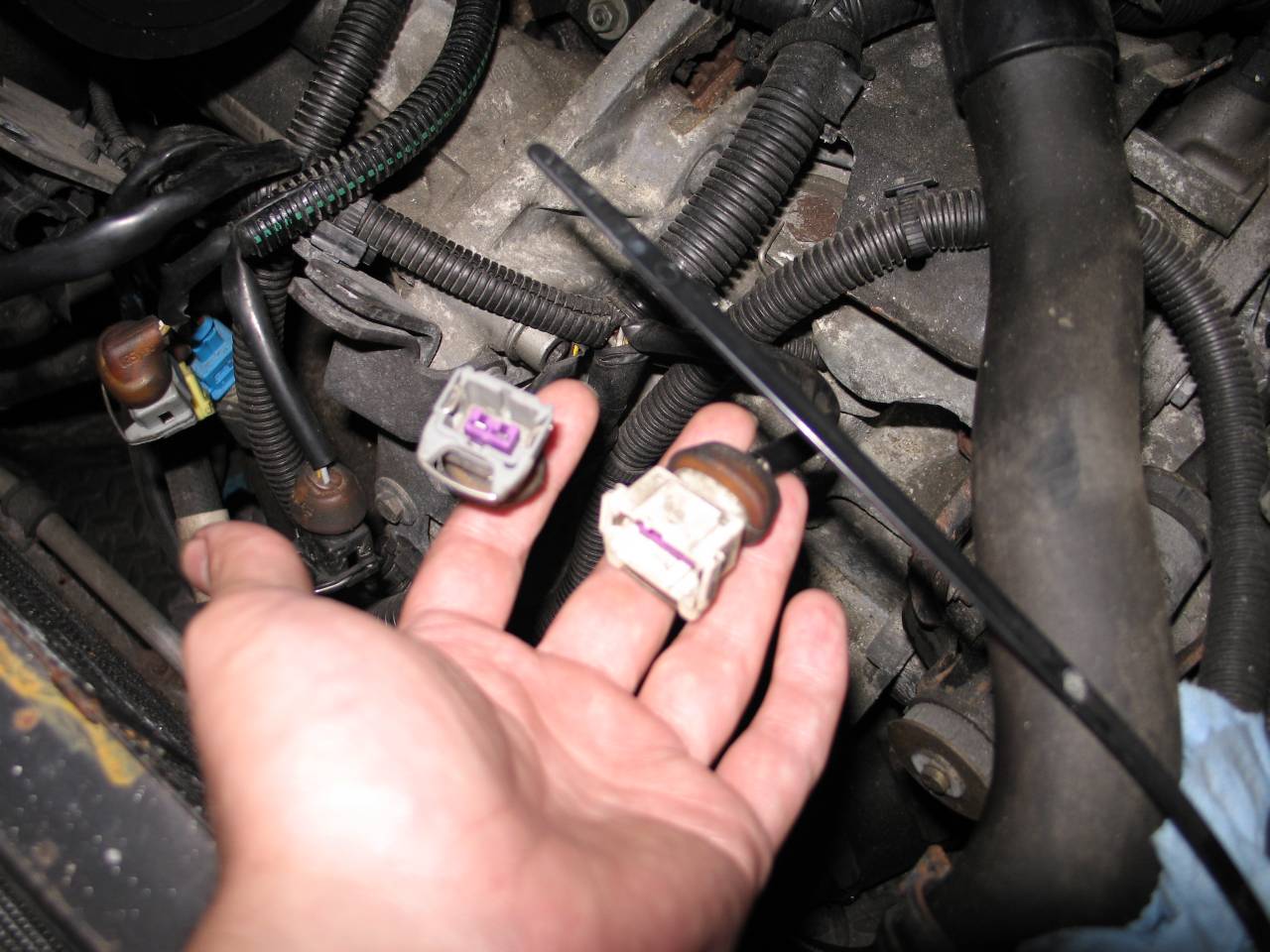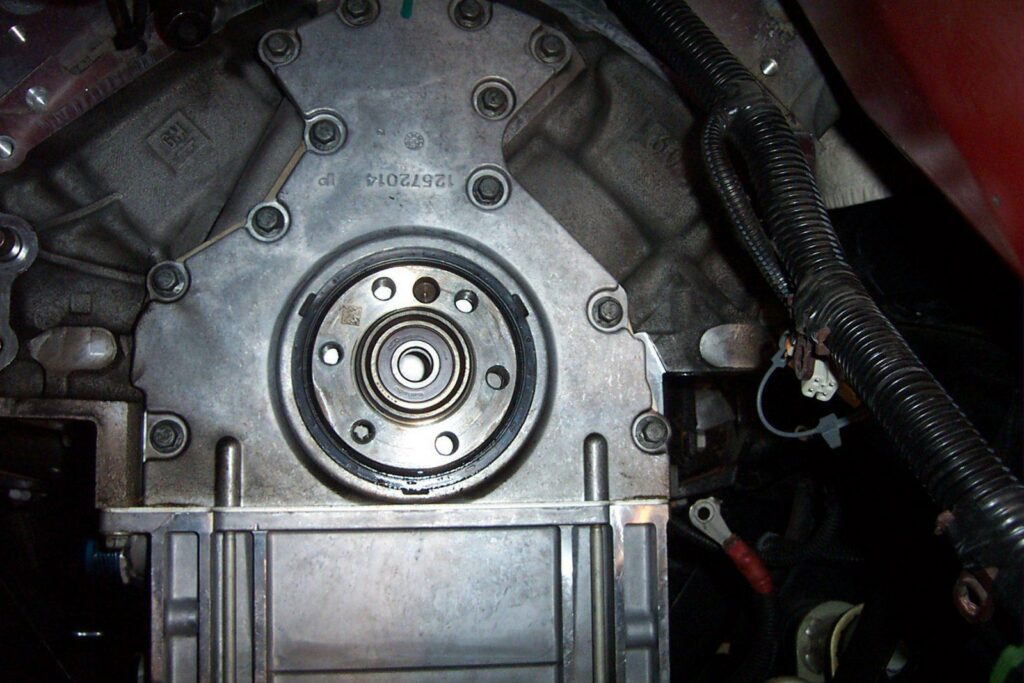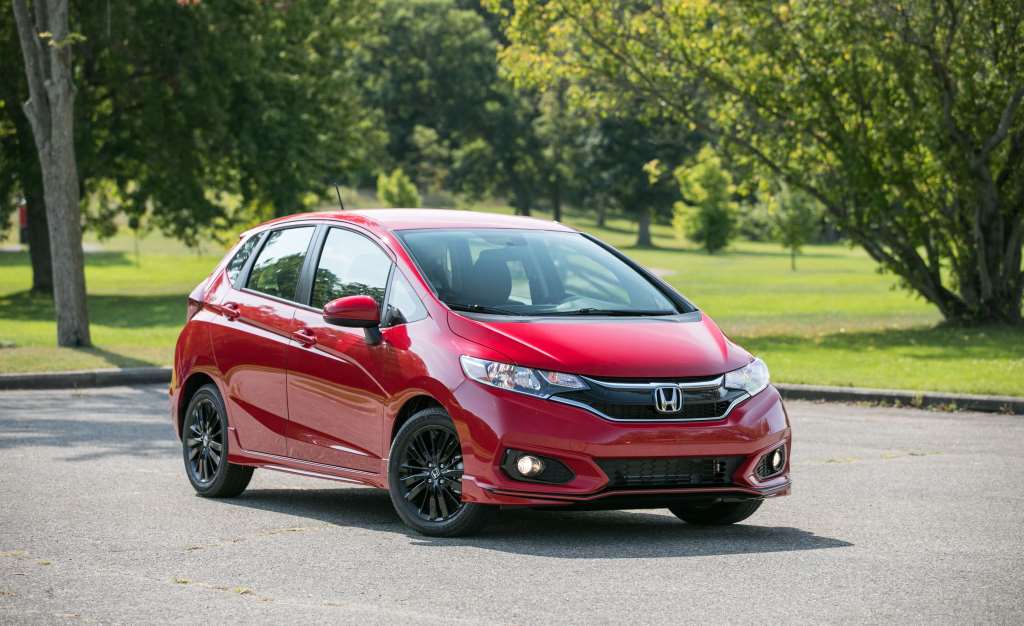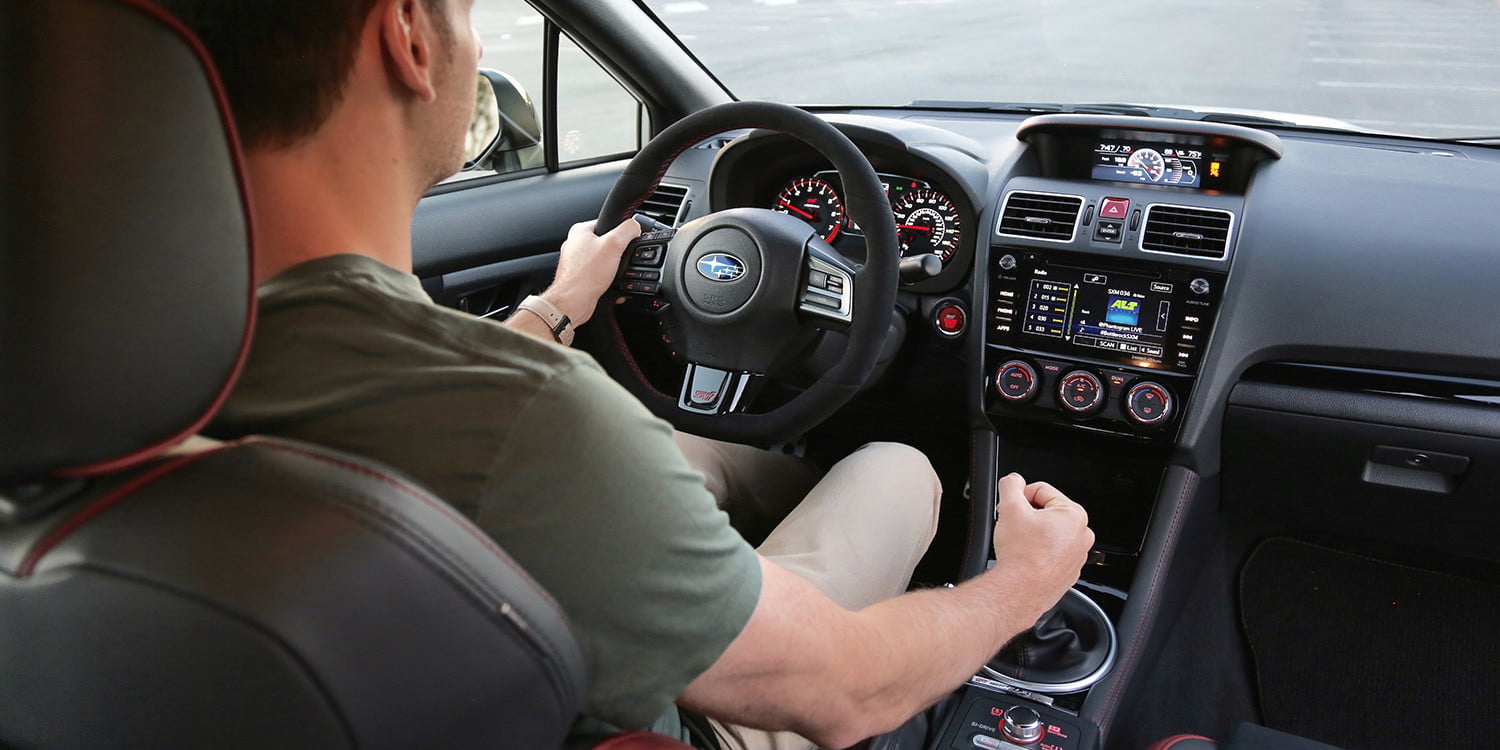
Hey guys! I am here today to guide you on how to drive a car with a manual transmission (also known as a stick shift or “standard” transmission). After studying this detailed guide, you will be able to start the car, get it moving, and then upshift into higher gears with ease.
Don’t be disappointed if you don’t get it at first. It took me a while to get used to a stick shift, but it was well worth it! Keep practicing and practicing and you will get it! Have fun!
At the end, I have included some common questions about driving a stick shift and some basic tips on how to drive an automatic transmission car as well.
How To Drive A Car With A Manual Transmission for Beginners?
- Find a flat, paved place with no one around where you can practice.
- Get to know where the gears are with the engine off.
- Push in the clutch and start the engine.
- With the clutch still in, move the stick to first gear.
- Slowly release the clutch until the car starts to roll a little.
- With your left foot still on the clutch, give the car a little gas with your right foot until the tachometer reads 1000 or 2000 rpm.
- When you feel the gear engage, release the clutch with your right foot still on the gas. With just the right amount of gas, your car will begin to move forward.
My Experience Learning How To Drive A Manual Shift Car
I had always wanted to drive a stick shift because it seemed very fun and cool. When I got my 2012 Mustang GT with a manual transmission, I was so excited about driving it. I looked up some guides on how to drive a manual car and didn’t think it was going to be difficult to learn. How wrong I was. My 412-horsepower and 390-torque Coyote engine was a difficult car to drive. I stalled it left and right.
My problem may have been that all the guides I looked at on the internet were telling me to “slowly roll off the clutch.” I was doing just that, but the ride was still jerky. Eventually, I learned that you don’t need to step on the gas to get the car moving. Depending on the speed at which the engine idles—that is, the speed it runs at when you’re not pushing on the gas pedal—just releasing the clutch will move the car to an extent.
I played with the clutch and got a feel for the friction point or biting point; that is, the point where the car is rolling, but the clutch is asking you to add more gas. At this point, you feel a little resistance, a little vibration from the clutch pedal; the car is asking for enough gas so that it can run when the clutch is fully out.
After incorporating what I had learned with this new-found technique, my first start was the smoothest one yet. I wished that someone had told me this tip earlier, instead of me wasting two days trying to “roll off the clutch.”
Adjust your mirrors
Adjust your side and rear-view mirrors so you can see what’s behind you and to the side. Make sure you are in a secluded area and that you have enough space in front of you so you can move at different speeds without running into something.
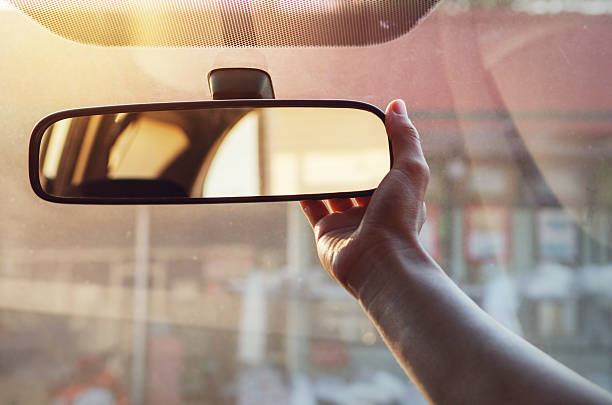
Get to know where the gears are
With the engine off, move the stick around. All gear arrangements are in an “H” shape, but the location of the reverse varies. On this stick, the reverse is to the right and down. On other stick shifts reverse is to the left and up.
Know the pedals
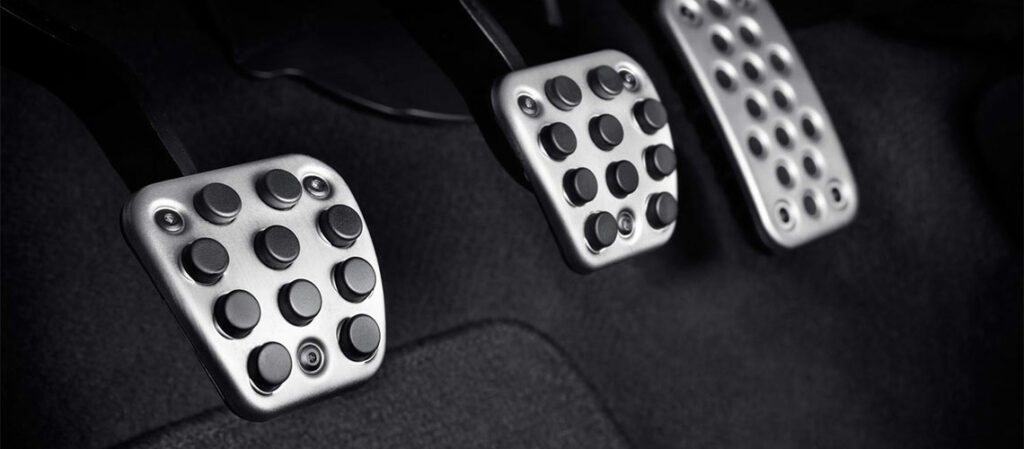
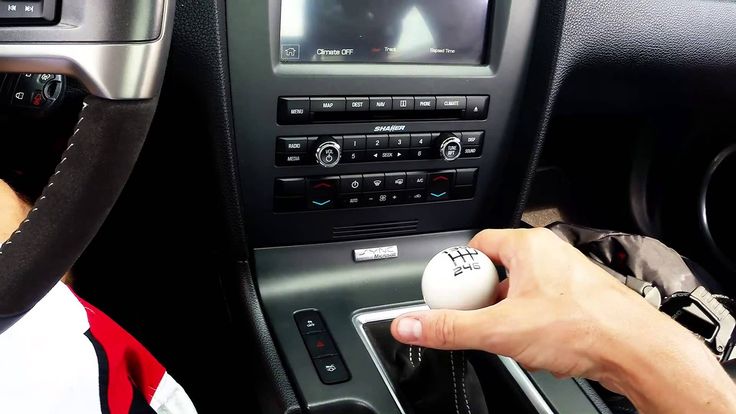
Start the car in neutral
To start the car, push the clutch all the way in, hold it down, and turn the key.
Make sure the car is in neutral before releasing the clutch. The neutral slot is the empty space between the gears, represented by the bar in the middle of the “H.” To see if you are in neutral, wiggle the stick gently to see if you can move it left and right. If you can, you are in neutral.
Now you are just sitting there with the engine running, doing nothing, and going nowhere, which is just fine for this first step.
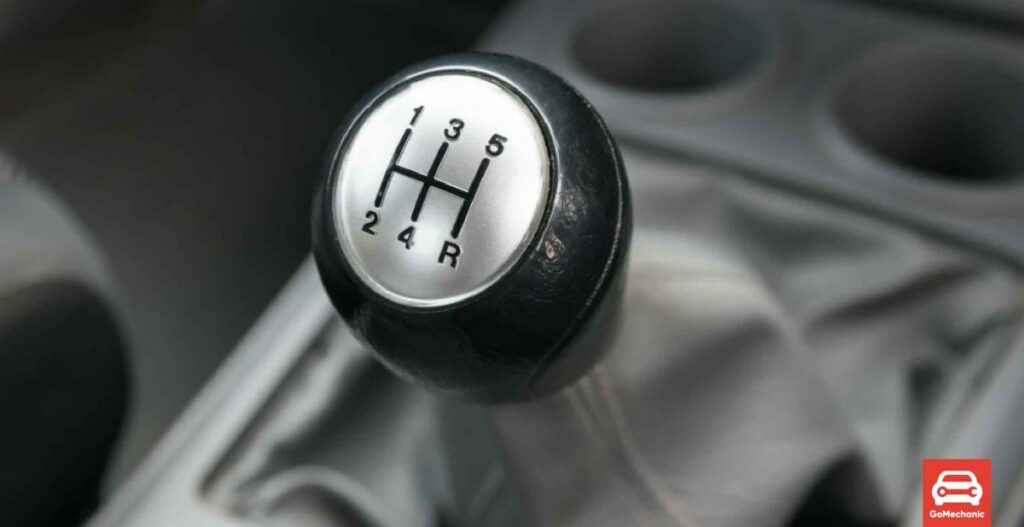
Shift Into first gear
Now push the clutch in all the way, and put the car into first gear using the gear stick. You’ll usually find first gear by pushing the stick left and then away from you.
Keep the clutch in or you will stall the car! But don’t worry: You will stall trying to shift into gear, but with time you will get it!
Release the emergency brake
Now that the car is running, make sure your emergency brake (handbrake) is off. Since you are on flat ground, the car won’t roll anywhere while you are figuring out what to do.
You will stall trying to shift into gear, but with time, you will get it!
> > Read more: 8 Tips For Driving In Fog You Need To Know
Release the clutch and give the engine some gas
Once you are in first gear, slowly release the clutch until you feel the car just start moving.
This is the tricky part! Get a feel for this biting point (when the car starts to shudder a bit) because it will make learning to drive a manual a lot easier. Practice until you can get to the point quickly.
Begin to slowly add some gas by pushing down the gas pedal a little bit. Give it enough gas to move the tachometer needle to like “1” or “2,” that is, 1000 to 2000 rpm. If you give too little gas, the car will stall. If you give too much, you begin to burn the clutch, which is no big deal for a beginner, but over time can wear out the clutch.
Release the clutch after the gears engage
Now that you are giving the car a little bit of gas, don’t release the clutch fully just yet. Release it when you can feel the gears engage. This will feel like a vibration you can sense through the sole of your foot. Once you get to that point, you can release the clutch, and drive around without using the clutch, just as you would in an automatic transmission car.
Congratulations! You have started a manual car! I found this technique of looking for the biting point made it easier for me to learn manually. Once I came across this method, I learned how to drive very quickly! I believe this is truly the easiest way to drive a manual car.
I stalled the car! Now what?
Don’t worry. The car is fine, you didn’t hurt it. Just push the clutch back in and turn the key, and that will start the car back up. Make sure the car is in neutral, and go through the steps again. Whenever you feel like the car is going to stall, you can just push the clutch back in.
This video shows you the parts of the car you need to know, including how you let out the clutch pedal and push in the gas pedal:
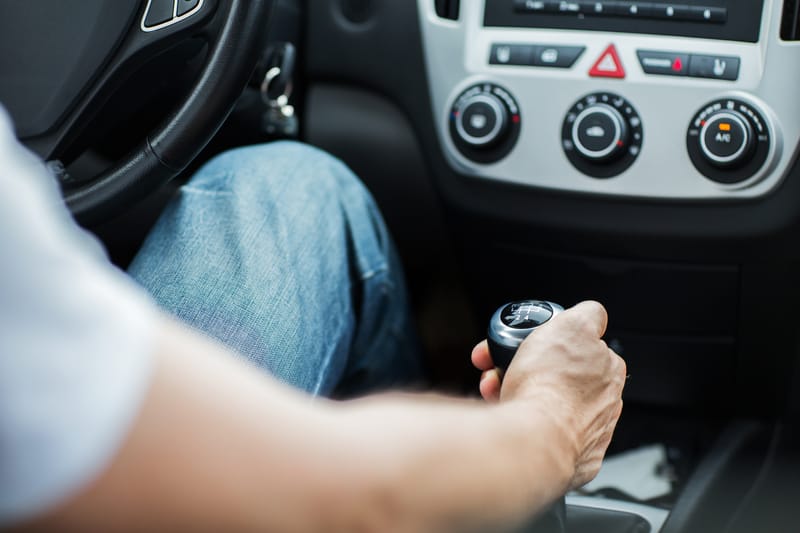
Shifting into higher gears
Shifting, in my opinion, is a lot easier than starting to move the car. Look at the “H” pattern on the gearshift knob to learn the different gears. You shift from 1, to 2, to 3, to 4, to 5, and then to 6, if you have a sixth gear.
How do you shift into the higher gears? It is pretty much the same procedure as starting the car up, except much easier.
Let’s say you are in first gear going into second. Follow these procedures.
- Put the clutch in, and then move the stick to second. On most cars, to go from first to second, you pull the stick towards you, that is, down to the bottom leg of the “H.”
- Slowly release the clutch to the biting point, and then add a little bit of gas.
- Let the clutch all the way out and continue driving around.
Going from second to third and then fourth gear is the same process, and even easier. In order to make a totally smooth shift, you have to balance the gas and the clutch very well. Don’t worry, this comes with practice.
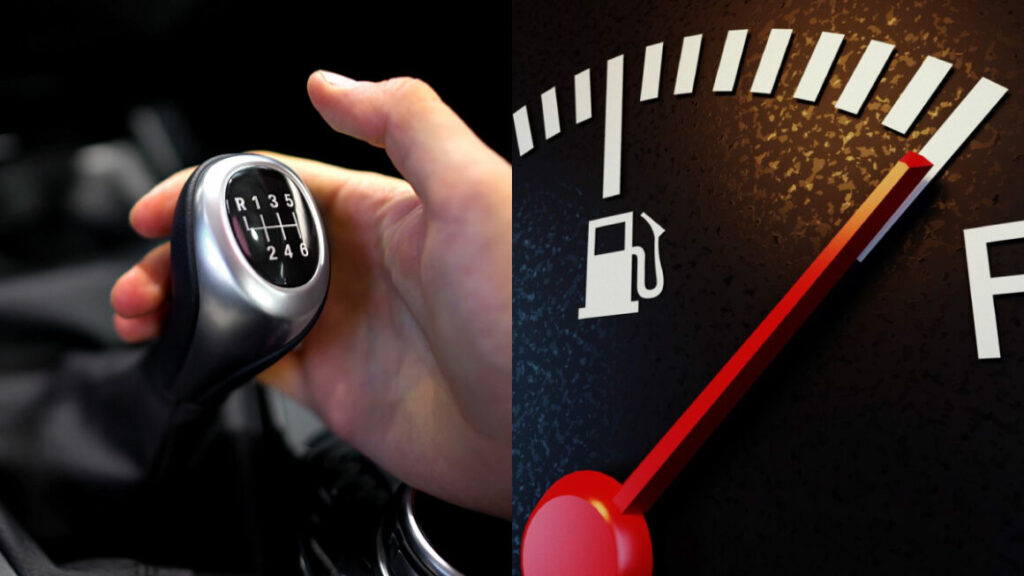
Shift up when the engine reaches 2500 RPM
How do you know when to shift? You can either look at the rpms or the speed you are going. You should usually shift at 2500 to 3000 rpms.
The speed to shift gears varies with the car you are driving, so look at the instruction manual to determine the speeds. The speed for each gear isn’t as important for upshifting as it is for downshifting.
Eventually, you will be able to tell when to shift by the way the engine sounds and feels.
Common Questions About Driving a Stick Shift or Manual
How do I start a manual car?
- To start the engine, you must be in neutral gear. This is the horizontal bar of the “H” that’s between all the gears. Wiggle the gear shift back and forth to be sure you are in neutral.
- Make sure the emergency, or parking, brake is on.
- Note that some cars will not start in neutral unless the clutch (the left pedal) is pressed all the way.
- Turn your key in the ignition.
- You’ve started the car!
>> Related post: What is Overdrive?
How do I drive a stick shift car?
- After starting the engine, keep the clutch pressed in all the way.
- Move the gear shift into first gear, to the left and away from you.
- Release the emergency, or parking, brake.
- Slowly ease off of the clutch and give the engine a little gas. Watch the needle on your tachometer. You can completely release the clutch when the needle is between 1,000 and 2,000 rpm.
- Drive forward in first gear.
- If you stall, just put the emergency brake on, press the clutch, put the gear in neutral, and restart the engine.
How do I stop a manual car?
- You don’t need to press in the clutch every time you press the brake to slow down. But when coming to a full stop at a stop sign or traffic signal, press in on the clutch when you are almost to a full stop and shift into neutral, or you will stall the car.
How do I put a manual car in reverse?
- From a full stop, press the clutch all the way and move the gear shift into reverse (just as you would when shifting into any other gear).
- Look behind you and use your mirrors before giving the engine a little gas.
- Ease off on the clutch when you feel the reverse gear engage.
- Continue to look behind you and use your mirrors while moving in reverse.
Why drive a manual?
So what are the benefits of driving a manual transmission?
- Because you control the gear changes yourself, the car can run more economically and efficiently in manual than in automatic.
- Because you control the gear changes yourself, you can accelerate faster than in an automatic, and change gears whenever you want to.
- Driving manual or stick-shift will be somewhat difficult at first, but within a week or two of following this guide and practicing, it will become second nature.


